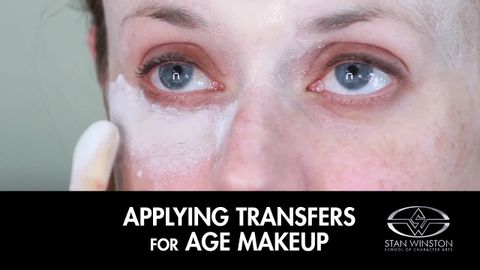エイジメイク-ビル・コルソによる補綴物の塗り方 (Age Makeup - How to Apply Prosthetic Transfers with Bill Corso)
邱于嘉 が 2021 年 01 月 14 日 に投稿  この条件に一致する単語はありません
この条件に一致する単語はありませんUS /ˌrɛkəˈmɛnd/
・
UK /ˌrekə'mend/
US /'kaɪndə/
・
UK /'kaɪndə/
- n.〜のような
- adv.少し : ちょっと;一種の : ある意味で;~たい気がする
- n. (c.)(腰 : 頭 : 肩などに巻く)布;(トルティーヤでできたサンドイッチのような)ラップ
- v.t.周りを動き回る;包む
- n. (c./u.)欠陥;欠点;ひび
- v.t.傷つける
エネルギーを使用
すべての単語を解除
発音・解説・フィルター機能を解除

